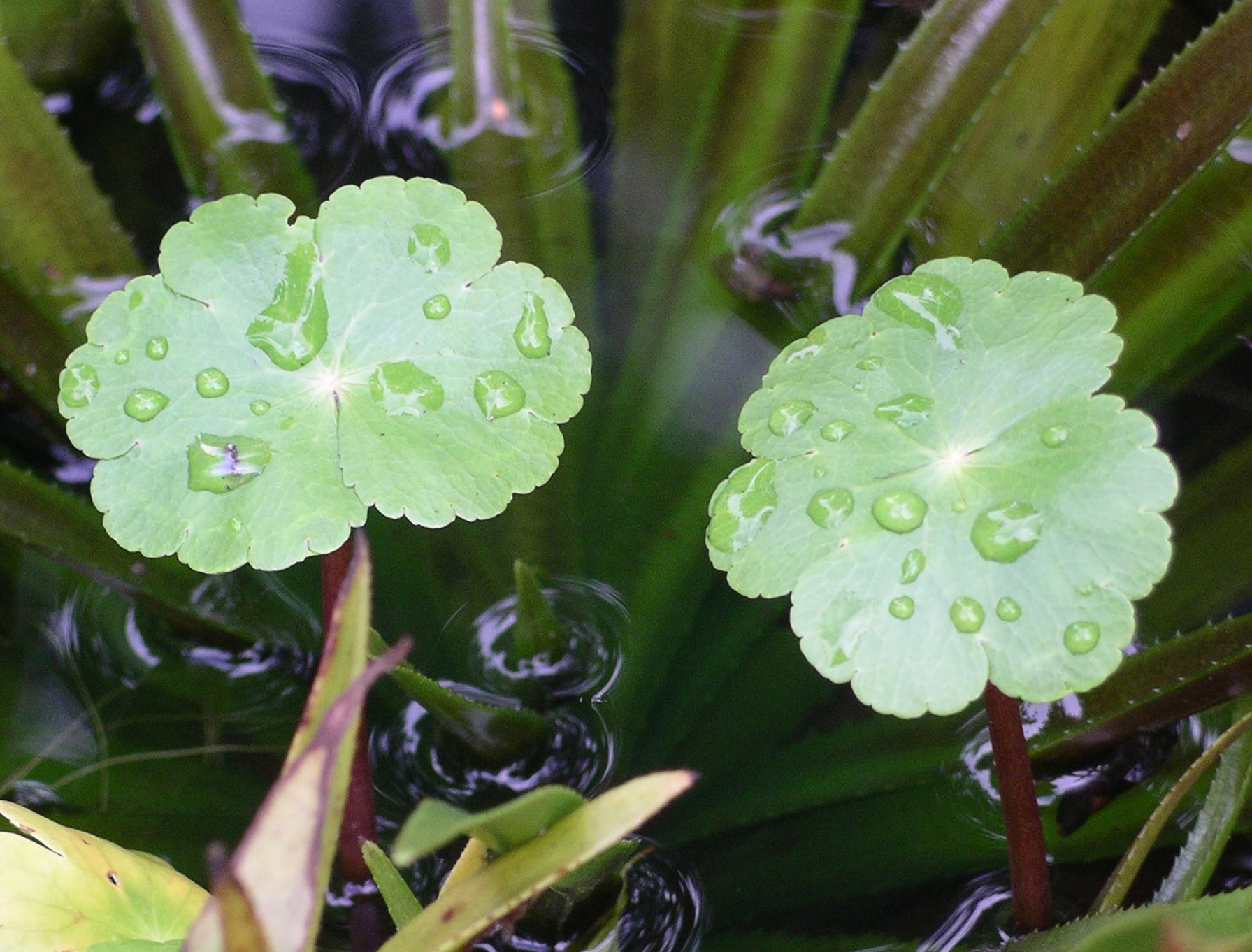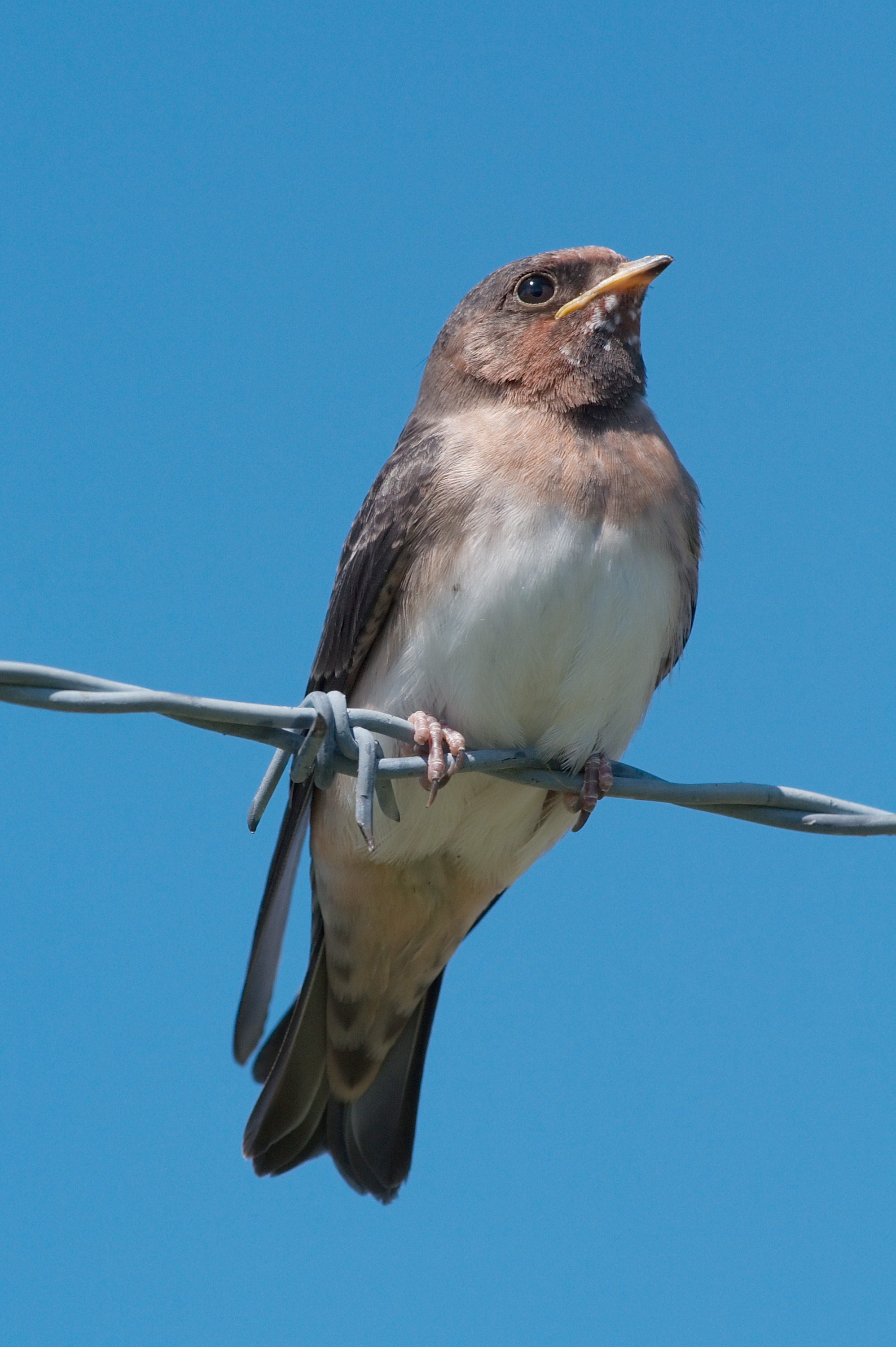|
La Conejera
La Conejera ( es, Humedal La Conejera) is a wetland, part of the Wetlands of Bogotá, located in the locality Suba, Bogotá, Colombia. The wetland, in the Juan Amarillo River basin on the Bogotá savanna covers an area of .Moreno et al., s.a., p.23 Flora and fauna Insects The dragonfly species '' Ischnura cruzi'' has been registered in La Conejera, as well as in Santa María del Lago and Metropolitan Park La Florida. Birds La Conejera contains the second-most number of bird species of the wetlands of Bogotá, after Córdoba Wetland, with 95, of which 6 endemic.Andrade & Benitez, s.a., p.8Andrade & Benitez, s.a., p.11 The habitat of the American coot has been studied in 2002. The floating pennywort (''Hydrocotyle ranunculoides''), present in various wetlands of Bogotá, proved essential for the bird.Otero Durán, 2002, p.34 Endemic species unique for this wetland are:Andrade & Benitez, s.a., p.34 Panorama See also *Biodiversity of Colombia, Bogotá savanna, ... [...More Info...] [...Related Items...] OR: [Wikipedia] [Google] [Baidu] |
Suba, Bogotá
Suba is the 11th locality of Bogotá, capital of Colombia. It is located in the northwest of the city, bordering to the north the municipality of Chía in Cundinamarca, to the west the municipality of Cota, to the east the locality Usaquén and to the south the localities Engativá and Barrios Unidos. This district is inhabited by residents of all social classes. Etymology Suba is either derived from the Muysccubun contraction ''Suba'', meaning " Flower of the Sun" (uba = "fruit" or "flower", sua = "Sun", minus its last vowel, making it a possessive) or from the words ''sua'' (Sun) and ''sie'' (water). Geography Suba has certain green areas, mostly concentrated in the west of the locality, on the Suba and the La Conejera Hills, as well as the plains where urbanization has developed. Suba has become a residential area with small industrial and commercial zones located in the south of the locality. The Suba Hills separate the locality into two parts; the eastern side bein ... [...More Info...] [...Related Items...] OR: [Wikipedia] [Google] [Baidu] |
Pontifical Xavierian University
The Pontifical Xavierian University (in Spanish Pontificia Universidad Javeriana) is a private higher education institution founded in 1623. It is one of the oldest, most traditional, and prestigious Colombian universities, directed by the Society of Jesus, with its main facilities in Bogotá and a second campus in Cali. "La Javeriana", as it is known by its students, has traditionally educated the Colombian elite. It is one of the 33 universities entrusted to the Society of Jesus in Latin America and one of 167 around the world. The Javeriana University in Bogotá has 18 schools comprising 61 departments and 242 academic programs catering to areas of knowledge, giving the university its multidisciplinary nature. It has 45 buildings in . The Javeriana University in Cali offers 18 schools in four faculties. It is located in . Its Law School recently received a high-quality accreditation by Resolution 6808 6 August 2010, of the Ministry of National Education. The campus in Cali has ... [...More Info...] [...Related Items...] OR: [Wikipedia] [Google] [Baidu] |
Thomas Van Der Hammen Natural Reserve
The Thomas van der Hammen Natural Reserve or Thomas van der Hammen Forest Reserve is an area of the Bogotá savanna that is under environmental protection. The natural reserve was declared as such in year 2000 by the Ministry of Environment and Sustainable development. It takes its name from the Dutch-Colombian geologist Thomas van der Hammen who devoted his life to the research of the region. The surface area of the protected reserve is approximately and it is located in the north of Bogotá. The protection area has the purpose of creating an urban forest that connects the Bogotá River and the Eastern Hills of Bogotá, to preserve the underground water sources, improve the quality of the air and protect the diversity and activities of the animal species that exist there. Mayor of Bogotá Enrique Peñalosa has proposed construction in the Reserve that could host 1.5 million people. [...More Info...] [...Related Items...] OR: [Wikipedia] [Google] [Baidu] |
Biodiversity Of Colombia
The biodiversity of Colombia is the variety of indigenous organisms in the country with the second-highest biodiversity in the world, behind Brazil. As of 2021, around 63,000 species are registered in Colombia, of which 14% are endemic. The country occupies worldwide the first position in number of orchids, birds and butterflies, second position in plants, amphibians and fresh water fish, third place in species of palm trees and reptiles and globally holds the sixth position in biodiversity of mammals. The country hosts 59 nationally designated protected areas. At the establishment of the most recent addition, Bahía Portete – Kaurrele National Natural Park, Colombian president Juan Manuel Santos said "Biodiversity is to Colombia, what oil is for the Arabs". [...More Info...] [...Related Items...] OR: [Wikipedia] [Google] [Baidu] |
Petrochelidon Pyrrhonota -flight -Palo Alto Baylands-8
''Petrochelidon'' is a genus of birds known as cliff-nesting swallows. The genus name ''Petrochelidon'' is from the Ancient Greek words ''petros'', "rock", and ''khelidon'', "swallow". The genus includes all of the five species of birds commonly called cliff swallow, and contains the following species In biology, a species is the basic unit of classification and a taxonomic rank of an organism, as well as a unit of biodiversity. A species is often defined as the largest group of organisms in which any two individuals of the appropriate s ...: Species in taxonomic order References External links''Petrochelidon'' at Animal Diversity Hirundinidae Bird genera {{Hirundinidae-stub ... [...More Info...] [...Related Items...] OR: [Wikipedia] [Google] [Baidu] |
American Cliff Swallow
The cliff swallow or American cliff swallow (''Petrochelidon pyrrhonota'') is a member of the passerine bird family Hirundinidae, the swallows and martins. The generic name ''Petrochelidon'' is derived from Ancient Greek ''petros'' meaning "rock" and ''khelidon'' "swallow", and the specific name ''pyrrhonota'' comes from ''purrhos'' meaning "flame-coloured" and ''-notos'' "-backed". Cliff swallows are extremely social songbirds that can be found in large nesting colonies reaching over 2,000 nests. They are frequently seen flying overhead in large flocks during migration, gracefully foraging over fields for flying insects or perching tightly together on a wire preening under the sun. Cliff swallows build gourd-shaped nests made from mud with small entrance holes. They build their nests tightly together, on top of one another, under bridges or alongside mountain cliffs. Living in large populations, these aerial insectivores use extensive vocalizations to communicate warnings or f ... [...More Info...] [...Related Items...] OR: [Wikipedia] [Google] [Baidu] |
Red-crowned Woodpecker (Melanerpes Rubricapillus Rubricapillus) Female
The red-crowned woodpecker (''Melanerpes rubricapillus'') is a species of bird in the subfamily Picinae of the woodpecker family Picidae. It is found in Costa Rica, Panama, Colombia, Venezuela, Guyana, Suriname, and Tobago.Remsen, J. V., Jr., J. I. Areta, E. Bonaccorso, S. Claramunt, A. Jaramillo, D. F. Lane, J. F. Pacheco, M. B. Robbins, F. G. Stiles, and K. J. Zimmer. Version 24 July 2022. Species Lists of Birds for South American Countries and Territories. https://www.museum.lsu.edu/~Remsen/SACCCountryLists.htm retrieved July 24, 2022 Taxonomy and systematics The red-crowned woodpecker has sometimes been placed in the genus ''Centurus''. It has also sometimes been treated as conspecific with the Yucatan woodpecker (''M. pygmaeus'') and some authors consider them a superspecies. The red-crowned woodpecker has these four subspecies: *''M. r. rubricapillus'' (Cabanis, 1862) *''M. r. subfusculus'' ( Wetmore, 1957) *''M. r. seductus'' Bangs, 1901 *''M. r. paraguanae'' ( Gillia ... [...More Info...] [...Related Items...] OR: [Wikipedia] [Google] [Baidu] |
Red-crowned Woodpecker
The red-crowned woodpecker (''Melanerpes rubricapillus'') is a resident breeding bird from southwestern Costa Rica, Panama, Colombia, Venezuela, the Guianas and Tobago. Description The adult is long and weighs . It has a zebra-barred black and white back and wings and a white rump. The tail is black with some white barring, and the underparts are pale buff-brown. The male has a red crown patch and nape. The female has a buff crown and duller nape. Immature birds are duller, particularly in the red areas of the head and neck. Although this species is very similar in appearance to the golden-fronted woodpecker (''Melanerpes aurifrons'') and the Yucatan woodpecker (''Melanerpes pygmaeus''), its distribution does not overlap with either of these species. Distribution and habitat This woodpecker occurs in forests and semi-open woodland and cultivation. It nests in a hole in a dead tree or large cactus. The clutch is two eggs, incubated by both sexes, which fledge after 31–33 ... [...More Info...] [...Related Items...] OR: [Wikipedia] [Google] [Baidu] |
Bay-breasted Warbler
The bay-breasted warbler (''Setophaga castanea'') is a small species of songbird in the New World warbler family, Parulidae. It is one of thirty-four species in the diverse genus ''Setophaga.'' Like all songbirds, or passerines, the species is classified in the order Passeriformes. Distribution Bay-breasted warblers breed in the boreal spruce-fir forests of eastern and central Canada, as well as the extreme northern United States. The species winters in the wet lowland forests of northeastern South America, the Caribbean, and southern Central America, and may be seen during spring and fall migration across the eastern half of the United States in a variety of vegetative communities. Many individuals cross the Gulf of Mexico on their long-distance migration, although some travel north and south along the Mexican shore. Diet and behavior In the breeding season, bay-breasted warblers feed primarily on insects and spiders, especially the spruce budworm (''Choristoneura fumiferana'') ... [...More Info...] [...Related Items...] OR: [Wikipedia] [Google] [Baidu] |
Columbina Talpacoti
The ruddy ground dove (''Columbina talpacoti'') is a small New World tropical dove. It is a resident breeder from Mexico south to Brazil, Peru and Paraguay, and northern Argentina, and on Trinidad and Tobago. Individual birds can sometimes be seen in the southwestern USA, from southern Texas to southernmost California, primarily during winter. The ruddy ground dove is very common in scrub and other open country, including cultivated land and urban centers, where it can be seen feeding on grain alongside feral pigeons. It builds a solid but sparsely lined cup-shaped stick nest in a tree and lays two white eggs. Incubation is 12–13 days with another 12–14 days to fledging. There may be a second or third brood. Chick mortality through predation and falls from the nest is high. Its flight is fast and direct, with the regular beats and occasional sharp flick of the wings which are characteristic of pigeons in general. Ruddy ground doves are small short-tailed pigeons, long wit ... [...More Info...] [...Related Items...] OR: [Wikipedia] [Google] [Baidu] |





.jpg)